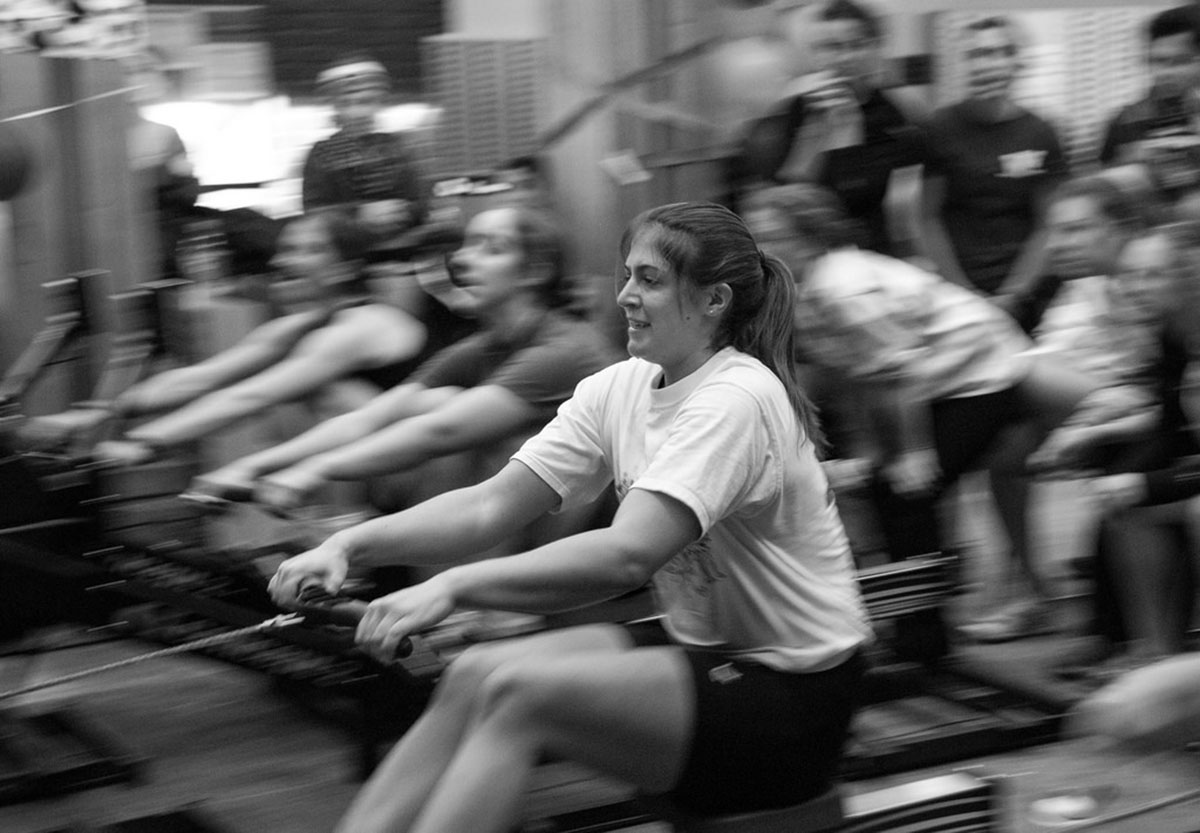Table of Contents
The original Tabata protocol used braked ergometer cycles for a reason. Sprints on braked ergometer cycles involve no real danger of falling over, tripping up, pulling something... athletes didn't have to keep their balance, hold any external weight, move through different planes of potion or do anything but sprint. Because really, that level of intensity is totally unattainable when you're trying to do complex movements.

The more intense your training, the more your form will suffer. If you're doing something that requires great skill and dexterity, like shooting a bow accurately, putting a barbell overhead in one of the Olympic lifts or performing sporting movements, your fitness base supports your ability to do the movements - but the movements will go way before your fitness base goes. Your coordination will degrade before measurable raw strength, endurance and cardio are even affected.
So if you're shooting for intensity, shouldn't you use the very, very simplest movement?
Tabata was never designed to be a catch-all. Tabata training was designed to have certain effects on oxygen uptake. The original study says nothing about post-exercise oxygen uptake, fat loss, or even hormonal effects like HGH and testosterone secretion. These factors almost certainly accompany Tabata training — in fact, Professor Tabata is working on a paper on the subject — but they also accompany any anaerobic training.
Tabata isn't fat loss, strength gain, hypertrophy, skill, explosiveness, balance training — it's a smarter way to do cardio. Don't try to do it on one leg on a medicine ball. It just doesn't make sense.
That's not to say circuits aren't effective. Barbell complexes, pre-fatiguing, drop sets and more are tried-and-tested ways to get stronger and more muscular using circuit-like training methods. Many runners do circuit training without even realizing it, alternating periods of fast and slower running during the course of a longer run. So do many cyclists. Bodyweight circuits are effective, weights circuits are effective, any circuit training is a good way to pack decent training session into less time - but what they're not is Tabata.
If you want to integrate actual Tabata protocol training sessions into your workout plan, try building six weeks of them at a time in. If you happen not to have access to a lab and can't measure your VO2 at the gym, you can figure it out. All you need is a 400m track or treadmill with a distance meter, a stopwatch and this formula. Jog lightly for a few minters, then walk one mile as quickly as possible, timing yourself. At the end of the walk, take your heart rate by timing fifteen seconds and monitoring your pulse, then multiplying the beats in fifteen seconds by four to give beats per minute. The formula for figuring out your VO2 max from your heart rate is this:
132.853 - (0.0769 × Weight) - (0.3877 × Age) + (6.315 × Gender) - (3.2649 × Time) - (0.1565 × Heart rate). Your weight should be in in pounds (there are 2.2 pounds in a kilogram and 14 in a stone), age in years, time in minutes to the hundredth second and your heart rate in beats per minute. For gender, men should input a one and women input a zero.
See Also: Why Pro Athletes' Workouts Won't Work Out For You
If all that maths puts you off, you either go by perceived intensity or simply use your heart rate to figure out your anaerobic zone. Either way will work fine - the important thing is this: If you can do it for four rounds of four minutes, it's not Tabata and it's not going to deliver the same benefits. Your sprints should be all-out, not pacing yourself.
If you like what I've said, or you want to know more — or you have a bone to pick! — get in touch with me in the comments section below.
- Photo courtesy of Boemski via Flickr: www.flickr.com/photos/ggvic/3255129747
- Photo courtesy of BenBradshaw via Flickr: www.flickr.com/photos/bensphotots/12530855544


Your thoughts on this